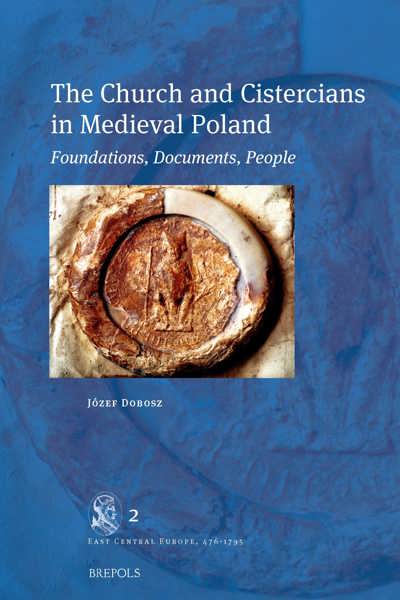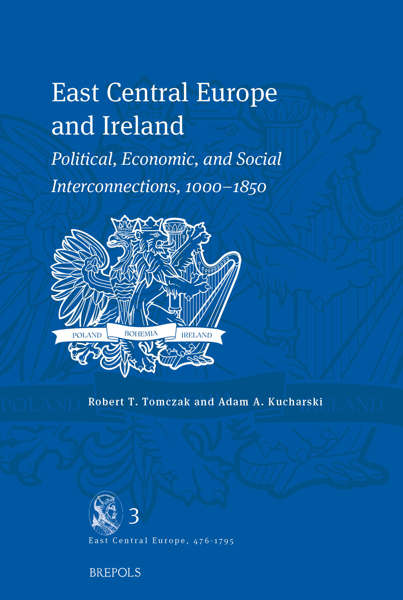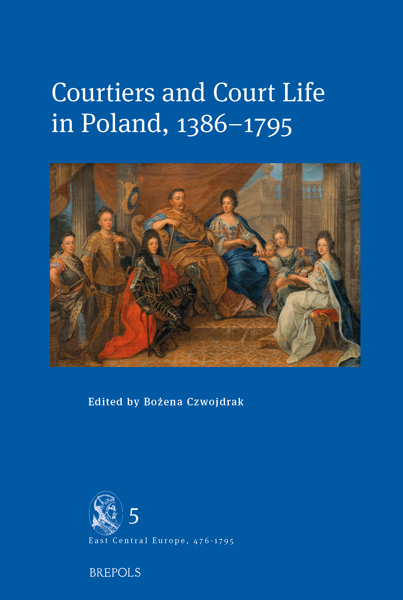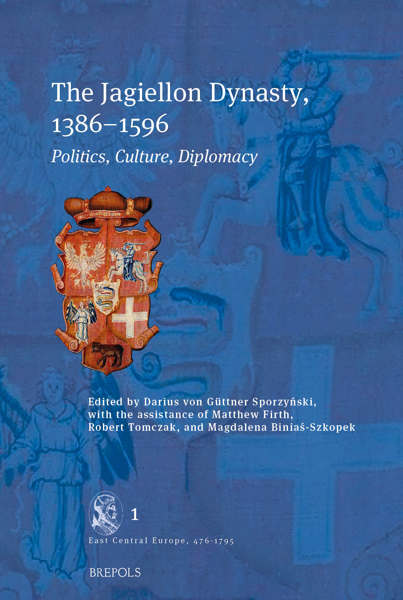
Interregnum
Reassessing ‘Decline’ and ‘Rebirth’ in Late Sixteenth-Century Poland-Lithuania
Robert Tomczak (ed)
- Pages: approx. 300 p.
- Size:156 x 234 mm
- Illustrations:8 b/w, 8 col., 3 tables b/w.
- Language(s):English
- Publication Year:2026
- € 90,00 EXCL. VAT RETAIL PRICE
- ISBN: 978-2-503-60125-0
- Hardback
- Forthcoming (Apr/26)
- € 90,00 EXCL. VAT RETAIL PRICE
- ISBN: 978-2-503-60126-7
- E-book
- Forthcoming
*How to pre-order?
A collection of studies focused on the events of the interregnum of late sixteenth-century Poland-Lithuania as a European phenomenon.
Dr Robert Tomczak, Adam Mickiewicz University, Poznań, Polan, is a historian with an interest in transmission of ideas and intercultural education of the Grand Tour. His recent publications include analysis of the experiences of Polish students at universities in Prague between the sixteenth and eighteenth centuries.
The death of king Sigismund II Augustus in 1572 ended nearly two centuries of rule by the Jagiellon dynasty in Poland and Lithuania. With the throne vacant during the two interregna, the nobility sought solutions to provide for governance of the newly united Poland-Lithuania, including the nature and rules of royal succession. The constitutional and political debate opened the way to the innovative proposal that each and every male member of the noble estate should cast vote in an election of their king. This ‘innovation’, combined with the fear of the rise of an absolute monarchy, led to the enshrining of the principle of non-hereditary royal succession. As a result, a new political practice specific to Poland-Lithuania emerged and remained in force for the next two centuries.
Each of the contributions to this volume examines a particular aspect of the last years of the reign of Sigismund II Augustus in Poland and Lithuania, as well as the period following his death and successive elections of Henry of Valois, and Anna Jagiellon and Stephen Báthory. Each author offers a specific insight into the broad political, economic, and social changes experienced by both Jagiellon realms and their impact on the development of the new Polish-Lithuanian Commonwealth.
The Paradox of Dynastic Decline and Political Rebirth
Darius von Güttner-Sporzyński
Chapter 1. Decline or Rebirth? Debating the Death of Sigismund Augustus and the end of the Jagiellon House in Poland-Lithuania (c. 1572–1600)
Natalia Nowakowska
Chapter 2. The Role of Cardinal Protectors in Embassies of Obedience of Sigismund II Augustus and Stephen Báthory
Michał Hirsch
Chapter 3. The European Courts and the First Interregnum in Poland-Lithuania: Papal Diplomacy as a Unifying Factor
Dorota Gregorowicz
Chapter 4. Habsburg Diplomacy and the Struggle for the Polish Crown: A Bohemian Perspective on the 1572–1573 Interregnum
Kateřina Pražáková
Chapter 5. ‘A State of Their Own’: Lithuania’s Nobility and the Remaking of the Poland-Lithuanian Union, 1572–1588
Jūratė Kiaupienė
Chapter 6. Polonia estne regnum an interregnum: Eighteenth-Century Historiographers about the First Royal Elections in Poland-Lithuania
Joanna Orzeł
Chapter 7. Weaving a Kingdom: The Religious and Political Agenda of Sigismund II Augustus’s Genesis Tapestries (1553)
Christina Anne Stackpole
Chapter 8. Politiques or Zélés? The Lithuanian Bishops and the Confederation of Warsaw (1573–1615)
Wioletta Pawlikowska
Chapter 9. The Decade of Breakthrough: Podlasie between Union and Interregna (1566–1576)
Emil Kalinowski
Chapter 10. Crisis and Innovation: The Constitutional Evolution of Poland-Lithuania during the Interregnum (1572–1573)
Robert T. Tomczak and Darius von Güttner-Sporzyński
Index




